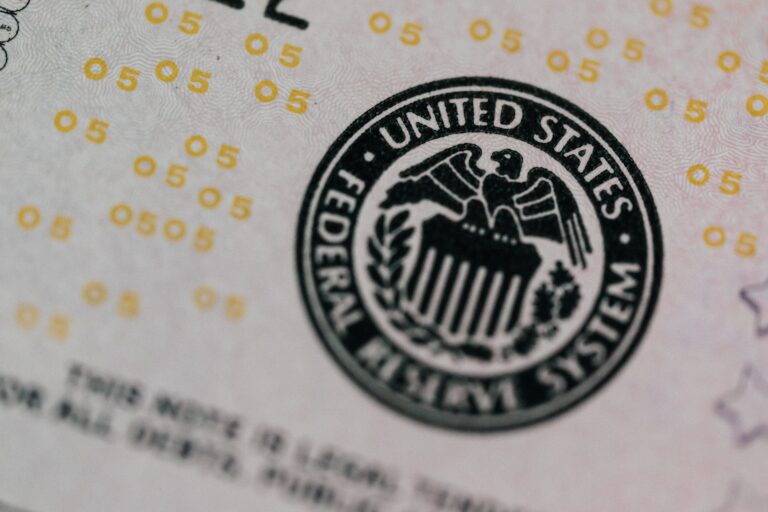
Morning Brief – Rebalancing
Rebalancing
Month end, quarter end and financial year end for many UK companies is drawing closer. The financial flows that the conclusion of such periods can bring to markets can create significant price instability. More often than not, at least in recent history, those flows have delivered a premium to USD. However, there is a case to make that the end of this particular quarter, month and standard financial year could favour the Euro over the Dollar. Whilst calendar driven flows are often seen as too volatile to reliably trade, an appreciation of the potential price pressures moving into such periods is important.
A lot of the flow in markets at the end of a significant calendar period is driven by a requirement for rebalancing. For asset managers for example, regulatory or fund requirements may dictate a month-end or quarter-end rebalancing of the portfolio with respect to asset allocations or foreign exchange. Consider for example a transatlantic fixed income fund that holds bonds in Eurozone and US debt. If US yields rise and Eurozone yields stay stable over a given period of time, provided the number and face value of the bonds remained the same over that period then the value of the Eurozone bond holdings would have increased over the US holdings. That would give the fund a higher exposure to Euros versus Dollars than it had moving into that period. To maintain FX neutrality, the fund manager would have to sell Euros and buy Dollars to cover the imbalance.
Given that such flows happen on a macro scale across a global market it is less simple to predict the flows, hence the perceived risk and uncertainty in trading them. However, one of the best predictors or how calendar driven flows may play out is relative equity market performance. To make matters even more complicated, judging relative performance between national stock markets is a very difficult thing. So difficult in fact that it could command its own briefing someday… So, for now you’ll just have to take my word that the Eurozone equity market is on aggregate showing the most sustained and tangible outperformance versus that in the US for the past five/six years. That trend could result in unfamiliar rebalancing calendar end flows that may see the Euro gain a short-term premium over USD. What’s more, with the Euro towards recent highs versus the Dollar, such flows could break EURUSD out from its recent ranges.
Discussion and Analysis by Charles Porter

Related Insights

Daily Brief – Independent Central Banks
Independent Central Banks The concept that has served the USA and the wider world so well for more than 8 decades is being tested in respect of the Federal Reserve by POTUS and the financial world is largely so far, complacent. Distinguished economist Paul Krugman wrote an excellent piece yesterday and his conclusion, other than […]

Daily Brief – Jackson Hole
Jackson Hole This week’s annual gathering of top global economists and policy makers at the Wyoming resort will be more than usually closely followed by markets. The big event is on Friday when Fed Chair Powell will speak. Mostly the expectation is that Jerome Powell will adopt a less hawkish tone and will signal the […]

Daily Brief – 532,046
532,046 That was the number of members of the Labour Party at its peak in 2019. By the end of 2024, after Sir Keir and his team had won an election and placed their stamp on the UK, that number had fallen to 333,235. This together with the flagging Conservative Party represents the widespread disillusionment […]



 Humphrey Percy
Humphrey Percy